Colonization Independence and Division of Korea (4)
- byT.Sapphire 💙
- 8 months ago
- 0 Comments
- 5mins
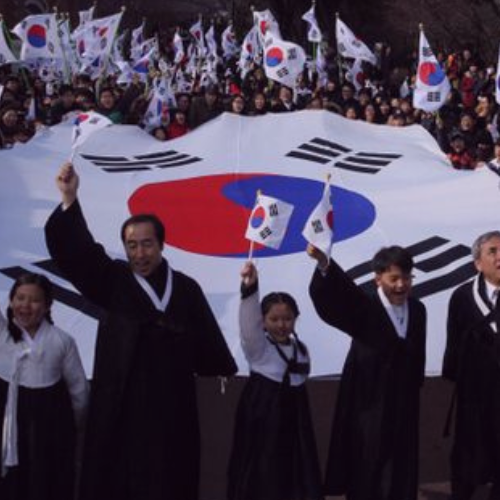
In the series of articles we’ve done about the history of Korea at large, we’ve seen how Korea was founded, the journey of dynasties up to the proclamation of the Korean Empire. Here, we’re going to look into the colonization, independence, and division story of Korea.
조선(Choson) /朝鮮(Chosen)- Korea under Japanese rule
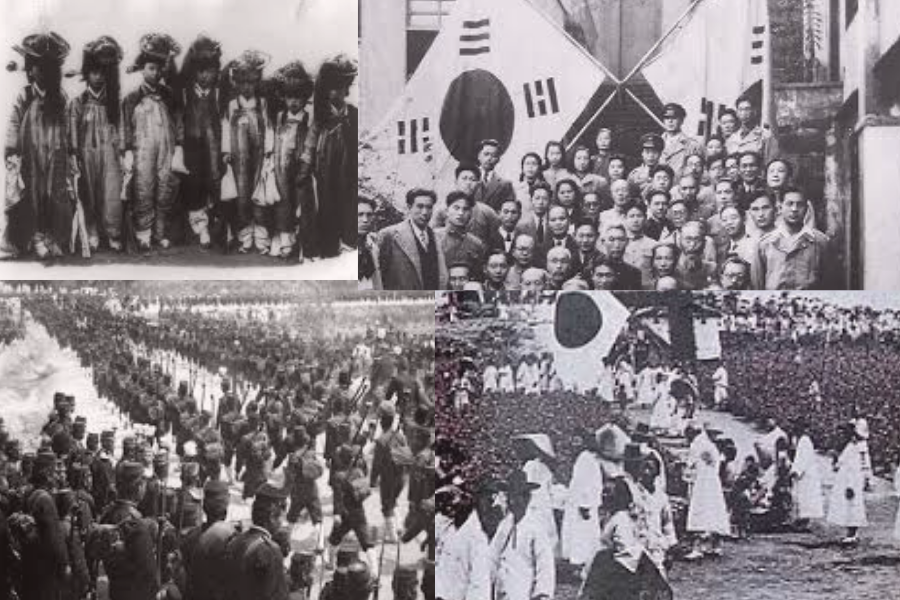
In 1876, during the Joseon dynasty, Korea was said to have signed a Treaty with Japan. The treaty brought Koreans out of the Chinese Protectorate and brought them under the Japanese sphere of influence. Going further, there was another Japan-Korea treaty in 1905, after the proclamation of the Korean Empire in 1897. The 1905 treaty turned Korea into a protectorate of Japan. After the 1905 treaty, Japan began to rule Korea indirectly and ignored the reigning monarch ‘Emperor 고종 Gojong’. In 1907, there was a new Japan-Korea treaty that deprived Korea of the right to administer internal affairs. It was then that the rule of Emperor 고종 Gojong was abolished, and he was forced to abdicate by the Japanese Empire. Thereafter, 순종 (Sunjong), who was historically recorded as the last Emperor of Korea and puppet Emperor of the Japanese, was elevated to the throne. Emperor Sunjong’s reign only lasted for three years (1907-1910) before the official annexation of Korea in 1910 that followed another Japan-Korea treaty signed on 22 August 1910. The 1910 treaty is also known as the ‘Japan-Korea annexation treaty,’ and it became effective on 29 August 1910. Japan changed Korea’s name and proclaimed the new name 朝鮮Chosen (in Japanese) or 조선Choson (In Korean), and their 35 years of rule in Korea began. Unlike what most people would believe, Japanese rule in Korea was forceful and tiring, they established a government filled with generals or admirals that were appointed by the Japanese Emperor. Koreans experienced first-hand maltreatment from the Japanese soldiers, they were forced to take up Japanese names, follow the Japanese spiritual practices, deprived of all rights and freedoms, made to spend the Japanese Yen made by the Japanese bank, etc. In general, the Korean Empire was incorporated as part of the Japanese Empire and also prioritized Korean Japanization.
On 1st March 1919, anti-Japanese rallies sprung up in Korea, they also read a declaration of independence in Seoul that involved about 2 million Koreans. But the Japanese soldiers would not have it; they abolished the rallies, and thousands of people were either killed, arrested, or wounded, and that saw the end of the independence movement.
Korea’s independence
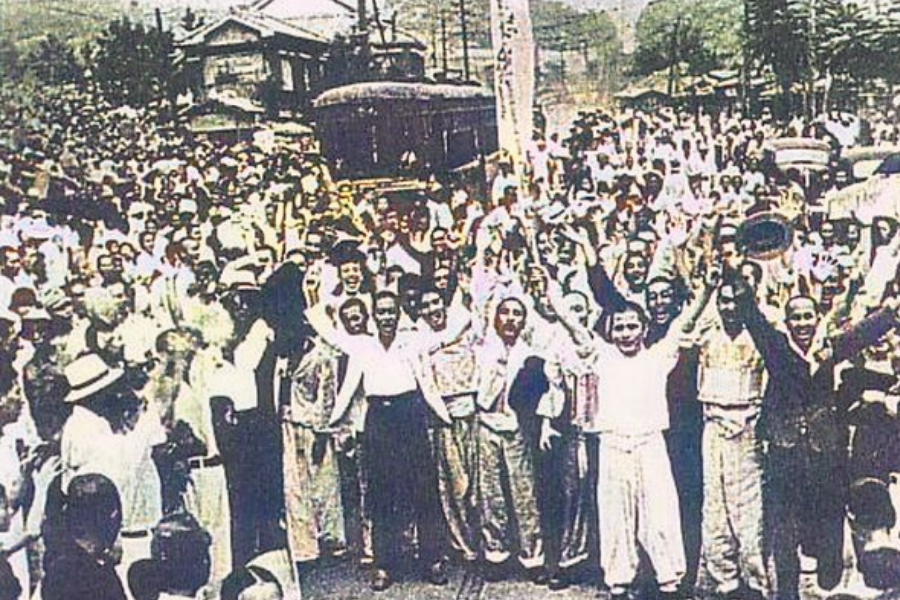
The Japanese rule over Korea finally came to an end after 35 years of annexation. This was possible with the invasion of the Korean peninsula by the U.S. forces who settled on the southern part of the peninsula and the Soviet Forces that settled on the Northern part of the peninsula in World War 2. The Japanese Empire had no choice but to surrender and end its rule over Korea on 15 August 1945
The initial division
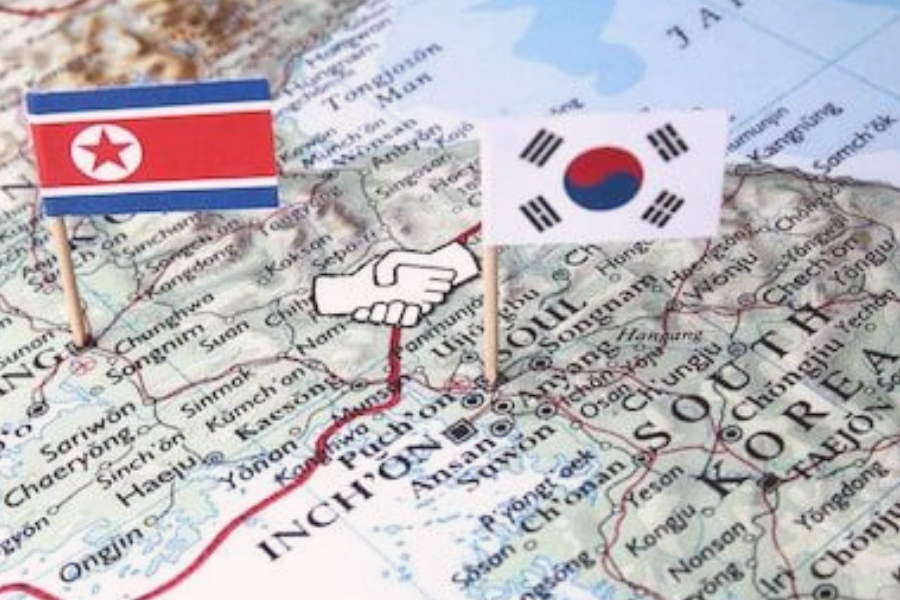
After the invasion and independence of Korea and the Koreans respectively, the U.S. forces and the Soviet forces decided to take over the rule of Korea until they could handle self-rule and ensure their total liberation from the Japanese Empire. However, during an emergency meeting to determine post-war spheres of influence between the U.S. forces, who were anti-communist, and the Soviet forces, who were communists, a proposal was made by the U.S. forces to have Korea divided at the 38th parallel. The proposal was accepted and implemented. The southern part of the Korean peninsula went under the U.S. forces, and the Northern part of the peninsula went under the Soviet forces. Although the arrangement was meant to be temporary until Korea was ready for self-rule, the U.S. forces and the Soviet forces could not agree upon the re-establishment of a Unified Korea because of the Cold War and the difference in governance. This led to the establishment of the Republic of Korea (South Korea) and the Democratic People’s Republic of Korea (North Korea) in 1948.
The final division
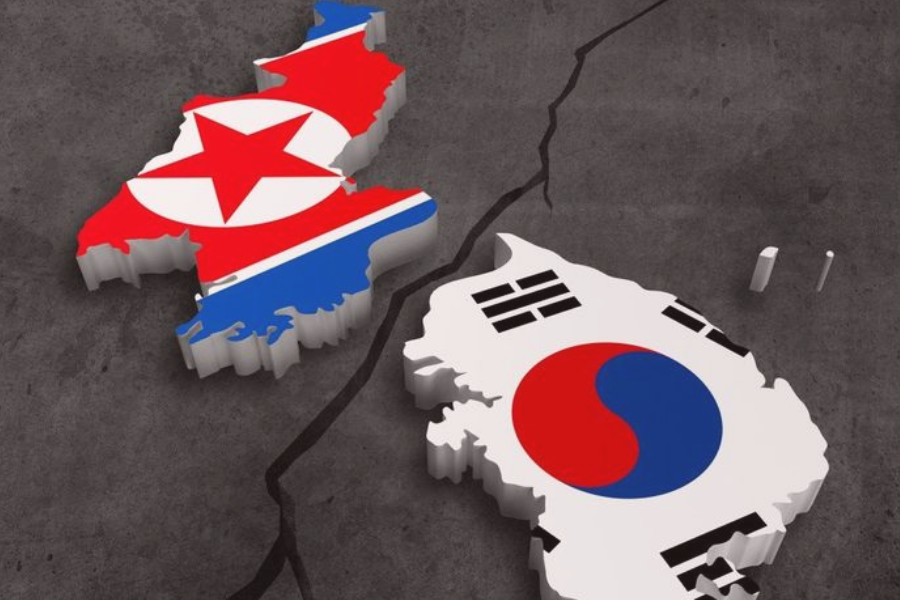
Following the division of the Korean people in 1948, a war broke out on the 25th of August 1950, known as the Korean War. North Korea invaded South Korea to reunify the country under North Korea's Communist rule. The Korean War lasted for 3 years (1950-1953), but the unification was unsuccessful and inconclusive. The territorial line eventually changed from the 38th parallel to the Korean Demilitarized Zone to the present.
What most people would like to ask is if North Korea and South Korea will ever unite. This is a question we can’t answer, but following a North-South declaration that was made on 15 June 2000 and a Panmunjom declaration in April 2018, the two countries agreed to work towards ending the division and conflict in the future. Most people are still expectant of the unification to date
It has been a long but exciting journey through the history of Korea. We’ve learned a lot, and we can boldly say we’re not just K-drama and K-pop lovers, but we’re real Korean enthusiasts, and we just added the history of Korea to our collections. We will continue to bring you educational and informative pieces about Korea.
Follow us for more and you can thank us later.
T.Sapphire 💙
T. sapphire is a writer who found her love for the Hallyu wave after watching the historical drama “Jumong.” She is mainly interested in Korean dramas and the history of Korea at large. Explore her pieces as she takes you on a journey through K-Drama recommendations and keeps you informed about the history of the Korean people.
0 Comment(s)
Related Posts
Daily Newsletter
Get all the top stories from Blogs to keep track.
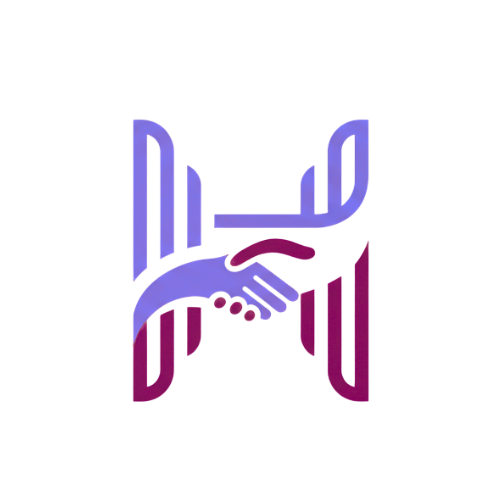
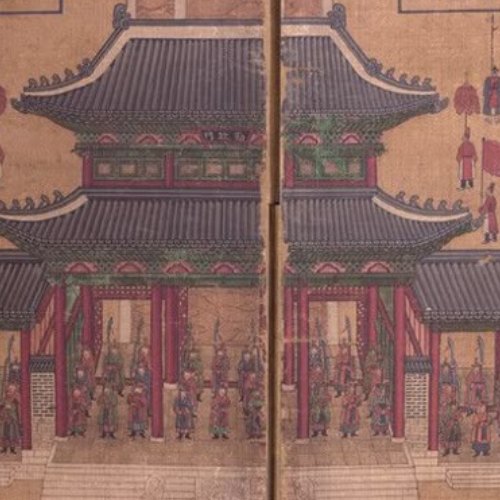



Leave a comment